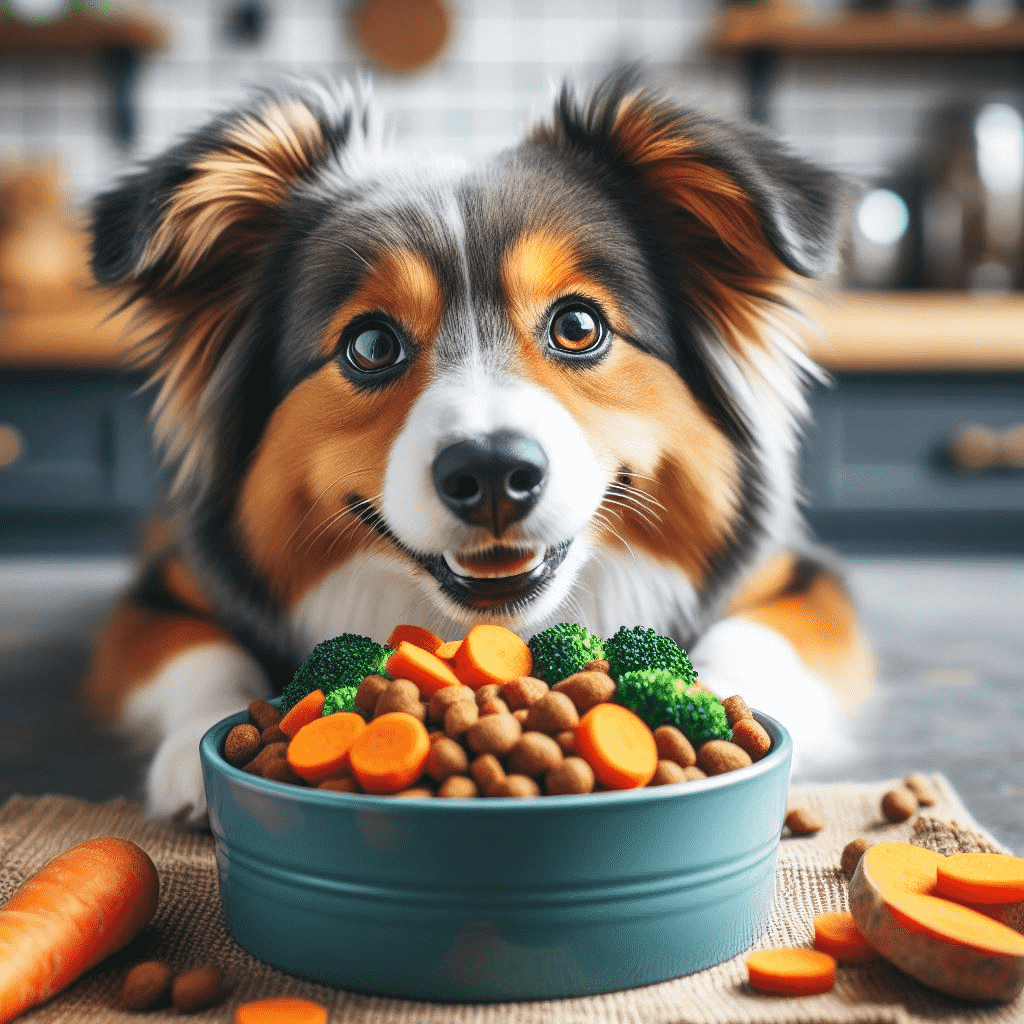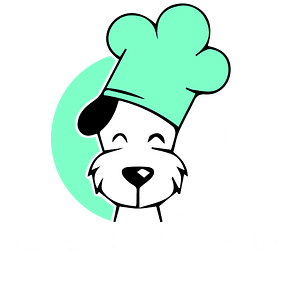Are you scratching your head about that one all of a sudden, too? “Honestly, no matter how many grain-free diets are out there for dogs as the cool new thing to do—whether they really mean something or not—people definitely started talking,” Harkin said.
While we continue to do everything possible to keep our dogs healthy and ensure their nutrition is optimal, it remains important for us to know as much as we can about grain-free dog food and what the consequences for the health of a canine could be.
In this investigation, however, we’ll try to explore some of the details woven into grain-free diets—in addition to balancing both arguments for and against—so that by the end, we can better understand a rather contentious issue in pet nutrition.

Table of Contents
Toggle1. What is grain-free dog food?
Grain-free dog food is exactly what it sounds like—dog food that doesn’t contain grains. Grains like wheat, corn, rice, and oats are common ingredients in many dog foods. However, some pet owners prefer to feed their dogs a diet that excludes grains.
Grain-free dog food typically uses other ingredients like meat, fish, fruits, and vegetables as the main sources of nutrition. These can still provide all the necessary nutrients a dog needs to stay healthy and happy.
2. Is Grain-Free Dog Food Good For My Dog?

Allergies or sensitivities: Not necessary for all dogs: While some dogs benefit from grain-free food, many do fine with grains.
Alleviates symptoms like itchy skin or upset stomachs Cost: Grain-free options can be pricier, potentially straining your budget.
Potential for imbalanced diets: Some grain-free foods might lack essential nutrients.
Protein-rich:
- packed with protein from meat, fish, and eggs
- ideal for dogs needing lots of protein
- Energy levels:
Some dogs show increased energy and better digestion on grain-free diets
3. Why is Grain-Free Dog Food Bad?

5 reasons why grain-free dog food may not be the best choice:
1: Heart Health Concerns;
Grain-free diets have been linked to an increased risk of heart problems in dogs, particularly a condition called dilated cardiomyopathy (DCM). This can lead to serious heart issues and even death.
2: Nutritional Imbalance;
Grains can provide important nutrients like vitamins, minerals, and fibre that dogs need to stay healthy. Removing grains may lead to an imbalance in their diet, potentially causing deficiencies.
3: Possible Allergies;
While some dogs may have allergies to grains, they are relatively rare compared to other allergens. Grain-free diets often use alternative ingredients like peas or potatoes, which can still trigger allergies in sensitive dogs.
4: Digestive Issues;
Dogs may struggle to digest certain grain substitutes used in grain-free foods, such as peas or lentils. It can lead to gastrointestinal problems like gas, bloating, or diarrhea.
5: Limited Research;
We still don’t know much about the long-term effects of grain-free diets on dogs. While some studies have raised concerns, more research is needed to fully understand the risks and benefits.
4. Do veterinarians suggest Grain-Free Dog Food
When it comes to grain-free dog food, different vets have different views. Some vets might say grain-free diets are good, especially if your dog has problems with grains like allergies. These diets can help with things like itching or tummy troubles.
But not all vets agree. Some say grains are important for dogs because they give them energy and nutrients. There’s also talk about grain-free diets possibly causing heart problems in dogs, though it’s not clear why.
Some studies suggest a link between grain-free food and heart disease in dogs. So, it’s important to think carefully before choosing grain-free food for your pet. The best thing to do is to talk to your vet. They can help you decide what’s best for your dog based on their health and needs.
5. Is Grain-Free Dog Food Bad For Large Dogs?
Big dogs, just like small ones, need good nutrition to stay healthy. They need food that helps them grow strong muscles and stay in good shape. Grain-free dog food sounds good because it has lots of protein, which is great for dogs. But not all proteins are the same, so picking a grain-free food with high-quality proteins like meat or fish is important.
Big dogs also need to watch their weight. They can gain weight easily. So it’s essential not to give them many calories. Some grain-free foods have more calories than others, so it’s beneficial to choose one that’s just right.
Keeping their joints healthy is also important for big dogs. Some grain-free foods have glucosamine and chondroitin, which are good for joints. But not all grain-free foods have these things, so it’s good to check the label.
The best way to know if grain-free dog food is okay for your big dog is to talk to a vet. Vets know all about dogs and can help you choose the right food. They can also help you ensure your dog stays healthy and happy.
6. Is Grain-Free Dog Food Bad For puppies?

A good grain-free diet can be safe for puppies if it’s balanced and high-quality.
Stick to puppy-specific formulas made by trustworthy brands.
Be cautious of grain-free foods with lots of legumes, lentils, or potatoes to lower the risk of DCM.
If you’re unsure about grain-free food, talk to your vet for guidance on the best diet for your puppy.
7. Grain-Free Dog Food Vs Grain Food

Aspect Grain-Free Dog Food Grain-Containing Dog Food
Ingredient Composition Typically excludes grains like wheat, corn, and rice. It may contain higher protein content from sources like meat, fish, and eggs. Contains grains like wheat, corn, rice, and oats as primary ingredients. It may have a lower protein content.
Allergies/Sensitivities Beneficial for dogs with grain allergies or sensitivities. Some dogs may be allergic or sensitive to certain grains, but most dogs tolerate grains well.
Digestibility Some dogs may find it easier to digest compared to grain-containing food. Most dogs digest grains without any issues.
Energy Levels Some dogs may exhibit increased energy levels on a grain-free diet. Dogs on grain-containing diets can have normal energy levels.
Cost Grain-free options tend to be more expensive. Generally more budget-friendly.
Nutritional Balance May lack essential nutrients if not properly formulated. Generally provides a balanced diet if from a reputable brand.
Availability Widely available, but with fewer options compared to grain-containing foods. Abundant options are available in most pet stores.
Veterinary Recommendations Might be recommended for dogs with specific health issues or allergies. Often recommended as a standard diet for dogs unless there are particular health concerns.
Conclusion:
So, in the end, whether grain-free dog food is bad isn’t a simple yes or no. It has its perks, like helping dogs with allergies, but also some downsides, such as potential heart health risks. What’s important is considering your dog’s specific needs and talking to a vet for guidance. Whether you choose grain-free or not, the main aim is to keep your dog healthy and happy.
FAQs
Why Do Vets Not Recommend Grain-Free Dog Food?
Some experts have noticed a link between grain-free diets and a heart condition called dilated cardiomyopathy (DCM). DCM makes the heart muscle weaker, which affects its ability to pump blood around the body.
They’ve seen that many dogs developing this condition haven’t had a genetic history of it, but they have been on grain-free diets.
Is It Healthier For A Dog To Eat Grain-Free?
Grain-free diets swap out grains like rice and corn for things like potatoes or legumes (which are beans, peas, and lentils) as the source of carbs. However, no study has proven that grain-free diets are better than ones that include grains.
Which Dog Food Is Better, Grain Or Grain-Free?
In simple terms, the best choice is to give your dog a mix of both. By giving them both grain-inclusive and grain-free diets, they get a wider range of nutrients from different carbohydrate sources.
To keep your pet in the best health, switch between grain-free and grain-inclusive foods as part of their feeding routine.

